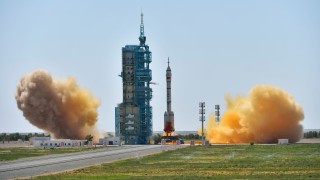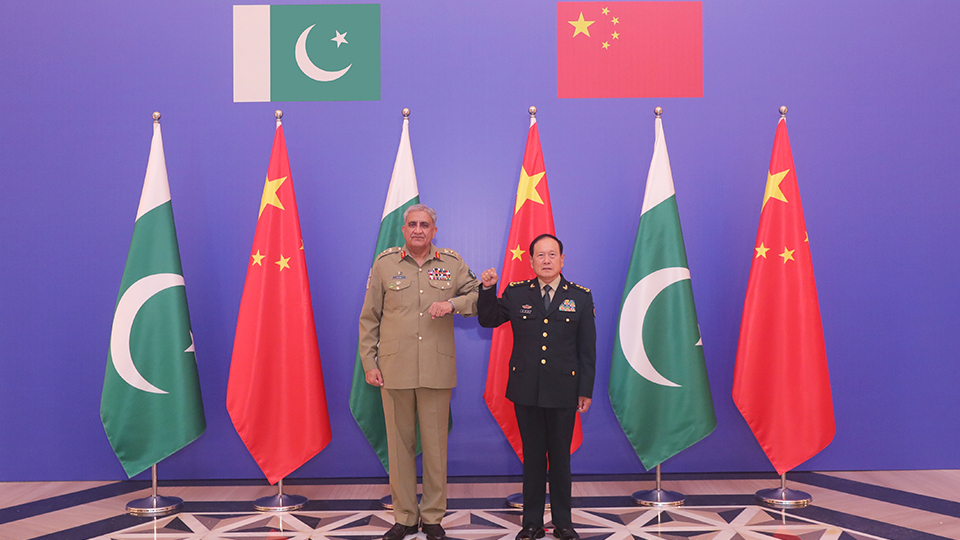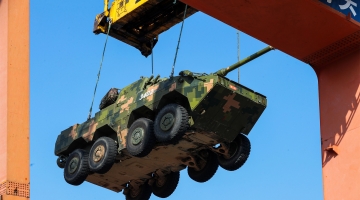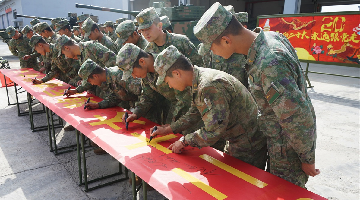By Shi Yongming
The United States Studies Center of the University of Sydney in Australia published a report titled "Averting Crisis: American Strategy, Military Spending and Collective Defence in the Indo-Pacific" on August 19. The US' Bloomberg, Voice of America and other major western media have reproduced it almost the same time of its publishing.
Why did an ordinary academic report attract so much attention? The reason is simple: it revisits the "China threat theory."
The report is over 100 pages and has more than 400 comments. The seemingly academic report is nothing more than an academic version of the Pentagon's military strategy.
All the arguments are based on the typical hegemonic logic of the US, that is, all military deployment by the US at the doorsteps of China is defensive while China's military deployment at home is offensive. The report regards Taiwan, which is China's territory, as an important part of the US' Asia-Pacific missile defense system. The report believes that it is legitimate for the US to intervene in Taiwan affairs, sell arms to Taiwan, and encourage Taiwan's separation tendency in various ways.
Based on these, the report proposes that the US defense expenditure is insufficient, and it is difficult to implement a centralized superior force to deal with China's regional rebalancing strategy. According to the report, "a strategy of collective defence is fast becoming necessary as a way of offsetting shortfalls in America’s regional military power and holding the line against rising Chinese strength. To advance this approach, Australia should pursue capability aggregation and collective deterrence with capable regional allies and partners, including the United States and Japan." This "collective deterrence" aims to "acquire robust land-based strike and denial capabilities."
In fact, this argument is exactly making up excuses for deploying medium-range missiles by the US in the Asia-Pacific region.
Groundlessly, the report predicts that China will launch a so-called pre-emptive military action in the East China Sea and the South China Sea, maliciously interprets China's defensive national defense policy in an attempt to create a tense atmosphere around China, and strongly urges regional countries to launch an arms race, creating an excuse for Australia to follow the US in order to participate in the containment actions against China.
That Australian think tank published that report to cater to the so-called "US Indo-Pacific strategy", which is full of hegemonic logic, and there is nothing new in the content. Part of the contents is even a replica of US research reports. The whole report is full of cold war mentality, with core spirit aiming to advocate the "China threat theory" and to incite the China-US confrontation.
Chinese military strategic guideline for a new era keeps to the stance that "we will not attack unless we are attacked, but we will surely counterattack if attacked". In other words, China's development of various types of missiles and weapons is primarily aimed at self-defense and safeguarding its national security.
China also insists on resolving contradictions and differences through dialogue and consultation when it comes to maritime and territorial disputes with neighboring countries. Currently, all issues are on a peaceful track. However, the report ignored all these facts, while instead, advocating the "China threat theory" and instigating military confrontation. These are the exact reasons why the report turns on a blind eye to all these facts and adheres to banging the drum for the US.
In response to a question about the report at a regular press conference on August 19, 2019, Chinese Foreign Ministry Spokesperson Geng Shuang stressed that China adheres to the path of peaceful development and firmly pursues a defensive national defense policy.
(The article was published on newspaper China National Defense on August 26,2019. It is translated from Chinese into English and edited by China Military Online.)











